The Astor Theatre was constructed at the cost of half a million dollars on the south side of the 700 block of Penn Street. It was built on the site of the Arcadia Theatre, which was Reading’s oldest theatre, and opened on October 3rd, 1928. The Astor’s stunning art deco interior finishes are emblematic of the era of excess in which it was built. The roaring 20s were reaching a peak that would come crashing down a year later on Black Monday. The theatre was built to be used for both live performances and motion pictures, and boasted a “disappearing orchestra”; which by the push of a button could lower or raise the pit.
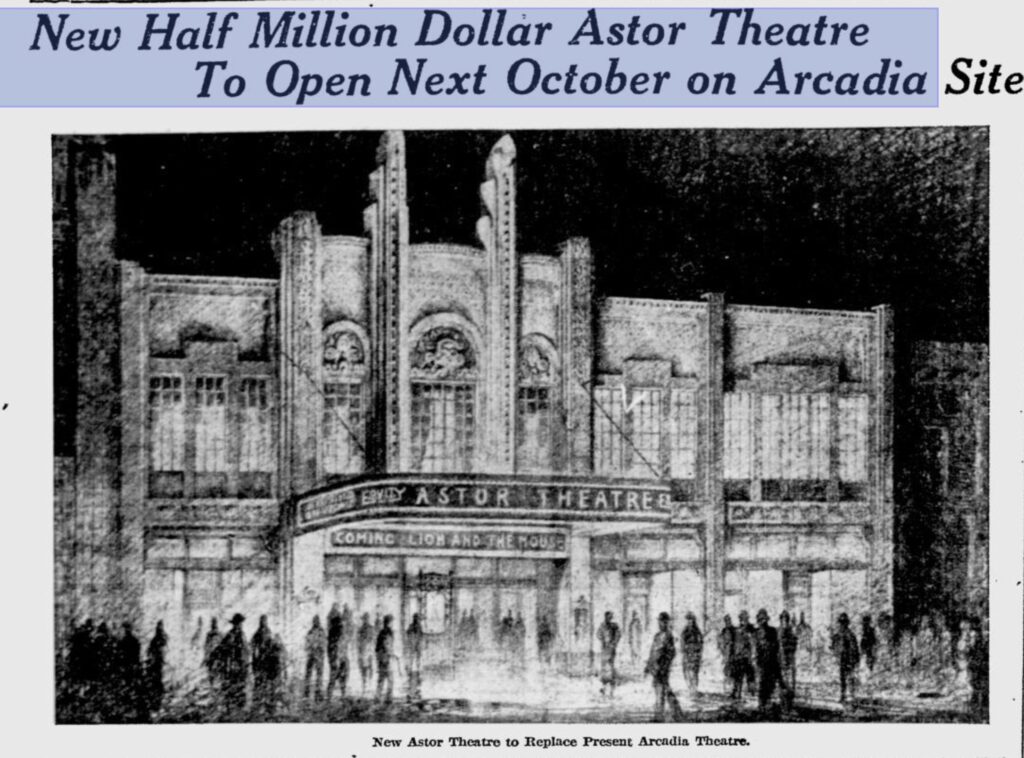
The October 4th, 1928 Reading Eagle article on its grand opening touted other features, including a “large general lounge” below the main foyer, which was used as a smoking room and had access to men’s and women’s bathrooms. It also mentioned the screen for motion pictures were equipped with state of the art Vitaphone and Movietone synchronization. The theatre could seat 2450 people. Opening night consisted of mixed programming, including live presentations of comedy, song and dance, Movietone news reels, and Warner Brother Vitaphone shows.
In its heyday, it entertained Berks Countians with the likes of Abbott & Costello and other popular Vaudelville acts.
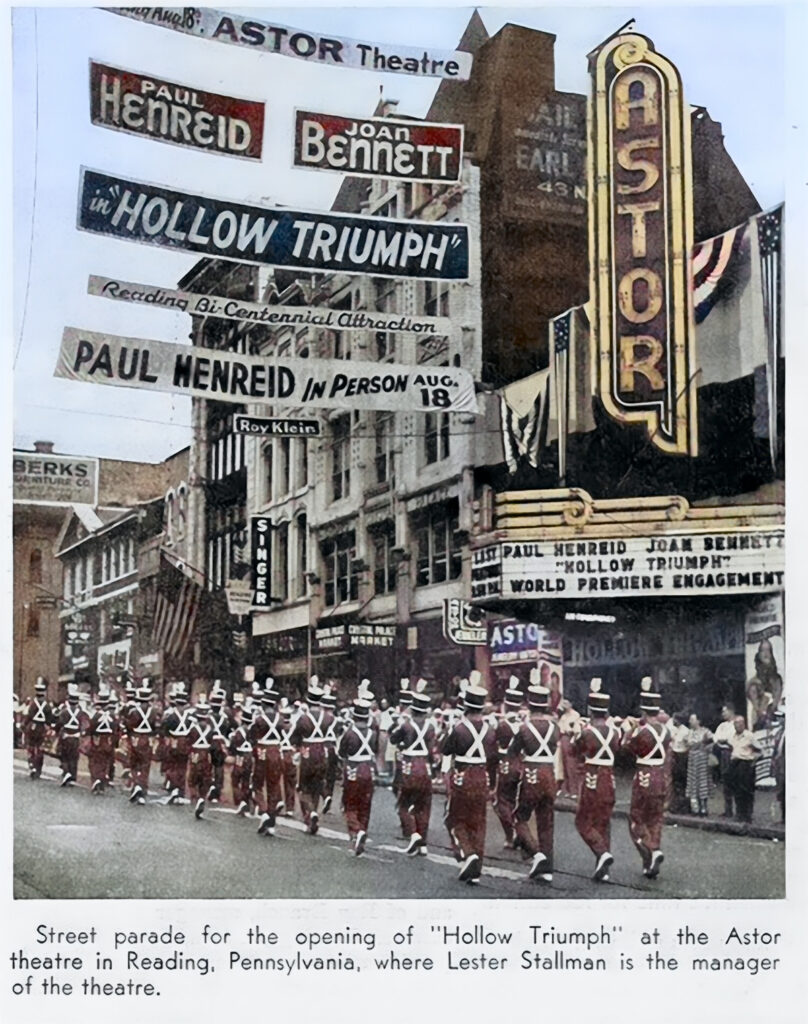
The Astor was considered one of Reading’s premier theaters for many decades, eventually transitioning into mainly movie productions in the 50s and 60s. The building underwent an exterior remodel in 1941, which removed the original ceramic tile facade and gave it a more streamline mid-century modern style.
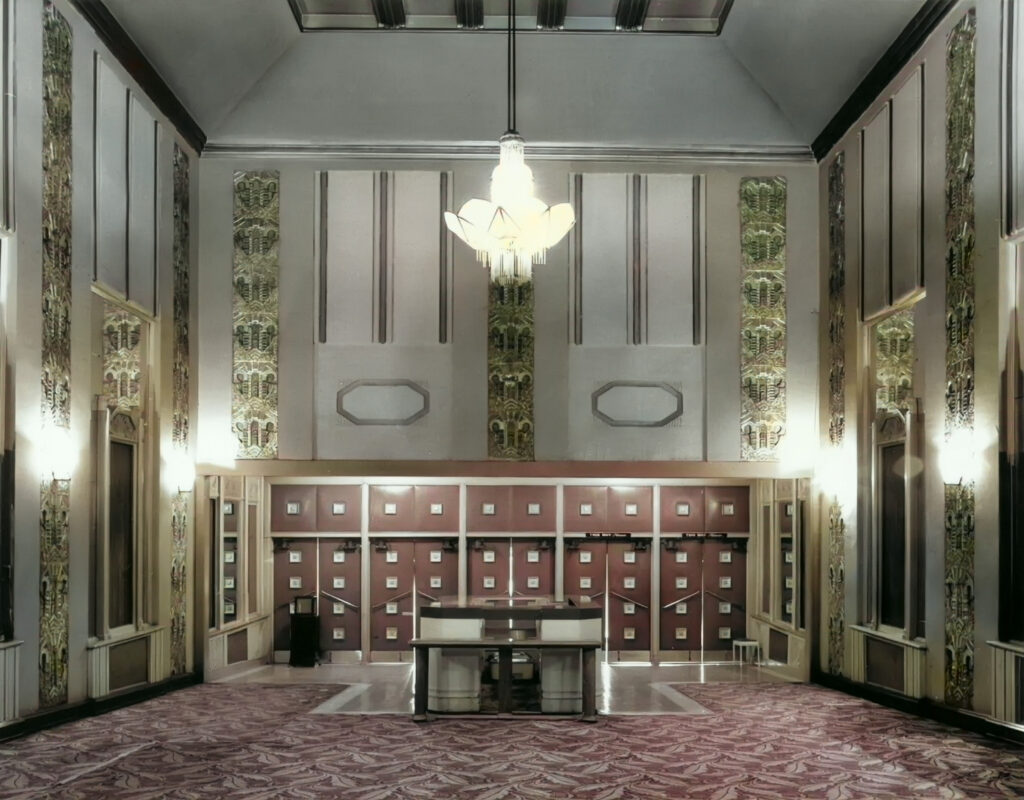
The 1970s were a time of transition in both entertainment and demographics. Coupled with a mass exodus of the working class to new development in the suburbs, these extravagant downtown theaters fell out of style and were often relegated to featuring porn flicks as a last ditch effort to pay the bills before shuttering completely. The Astor, which was one of seven theaters that once dotted Penn Street, was the last man standing. All of the others that once sat on this stretch were demolished in the 1970s to make way for urban renewal projects which ultimately failed.
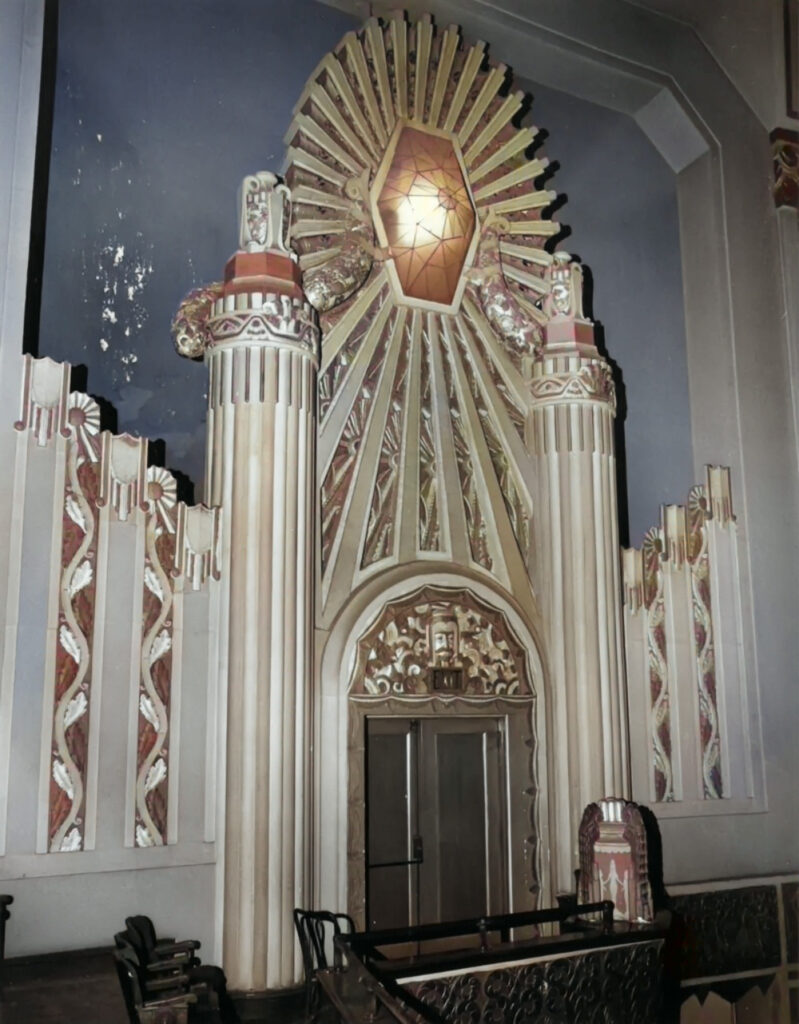
The Reading Redevelopment Authority took ownership of the Astor in 1972. It closed as a film venue in 1975, but did see a brief revival between 1975-1977 as a rock concert venue. During these years artists such as Hall & Oats, Billy Joel, Jerry Garcia, Barry Manilow, Rush, The Kinks, Blue Oyster Cult, and other big names performed the venue. Most of these shows, despite the popularity of their headliners, lost money. During this time non-profit Astor, Inc. was formed to raise the funds for feasibility studies on the theater’s future sustainability if it were to be rehabilitated.
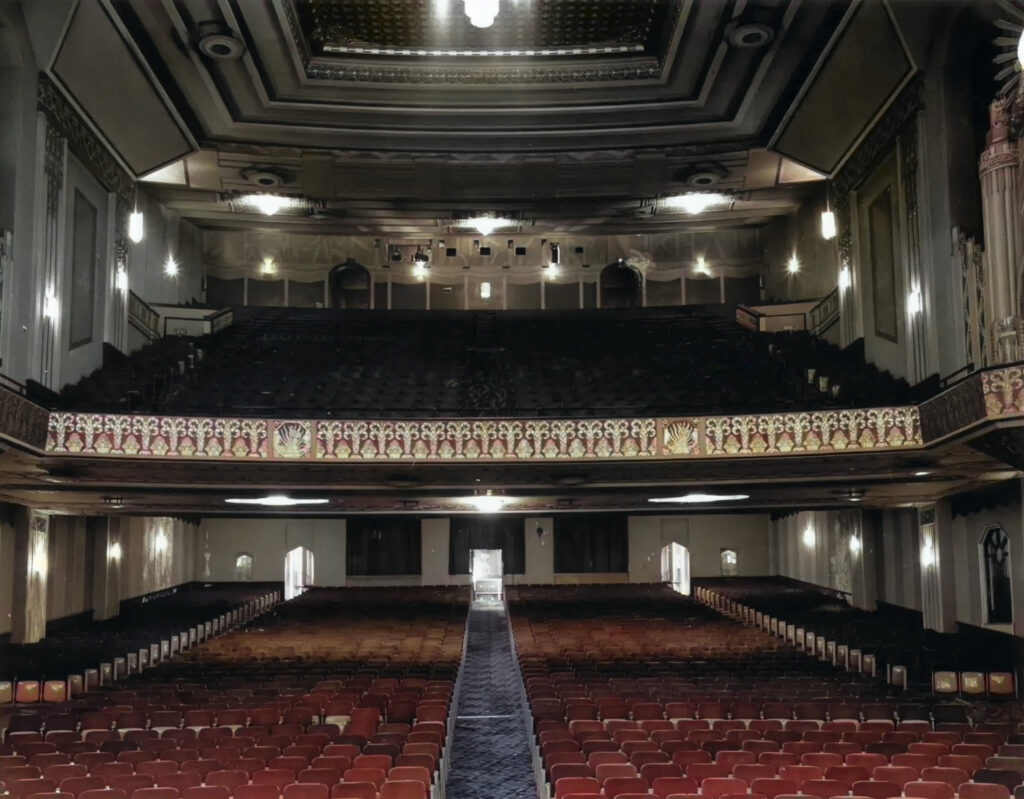
The theater was placed on the National Register of Historic Places in January 1978; just barely meeting the 50 year requirement for buildings to receive such a designation. This was widely viewed as an attempt to keep the theater safe from the wrecking ball, though this is somewhat of a misnomer, as National Register status does not ensure protection from demolition. However it does ensure a more thorough review process of a proposed demolition, and in many cases dictates where funding for the demolition can come from.
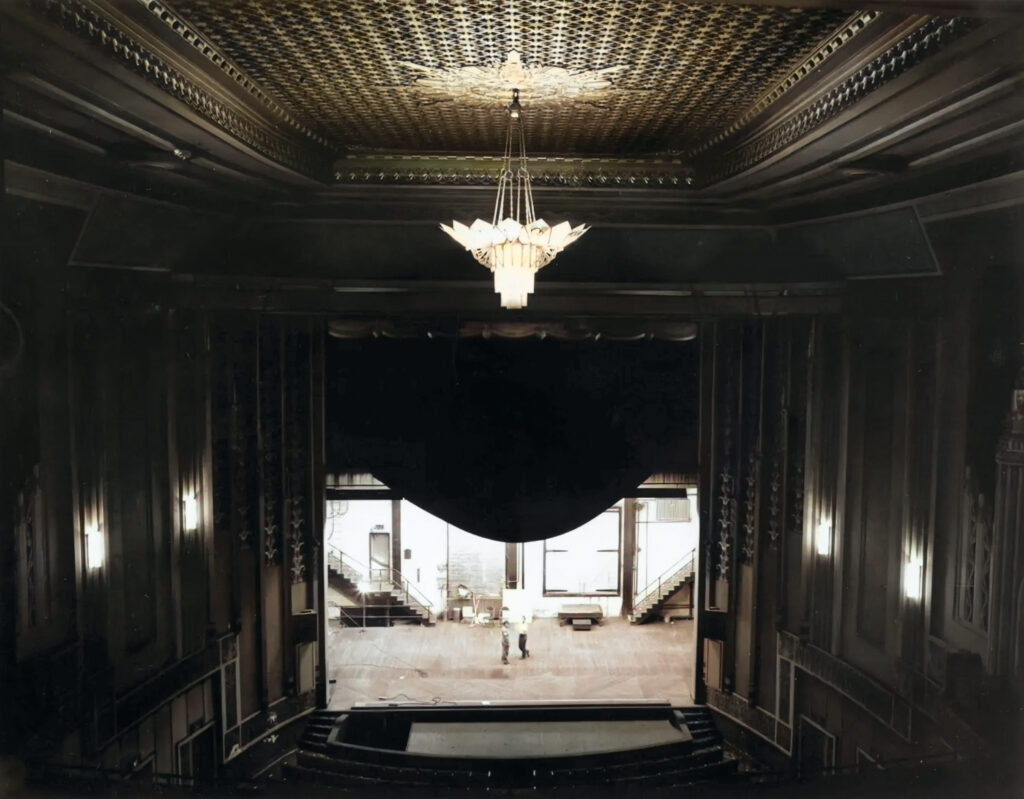
The Reading Redevelopment Authority was openly opposed to the restoration of the theater, and submitted a 25-page request to the state museum in 1980 asking that it be removed from the State Register of Historic Places so they could more easily raze it in favor of new development. The RRA claimed that the theater was not commercially feasible to maintain or rehabilitate and that “its architecture is not all that significant historically and would not be overly pleasing even if the theater were to be completely restored“. You can be the judge of the latter claim by the photos in this article.
By the mid-1980s the Astor was in such a state of disrepair that it began to blight Penn Street. A new organization, called Friends of Astor, Inc. was formed to attempt to save and restore the theater. On September 12th, 1989 the Reading Eagle reported that the costs to turn the structure and the adjacent Harold Furniture building into a modern performing arts center would be about $17.5 million. For some perspective, that would equate to nearly $44 million dollars in 2024, over four times what it is projected to cost to make restorations to the Reading Pagoda this year.
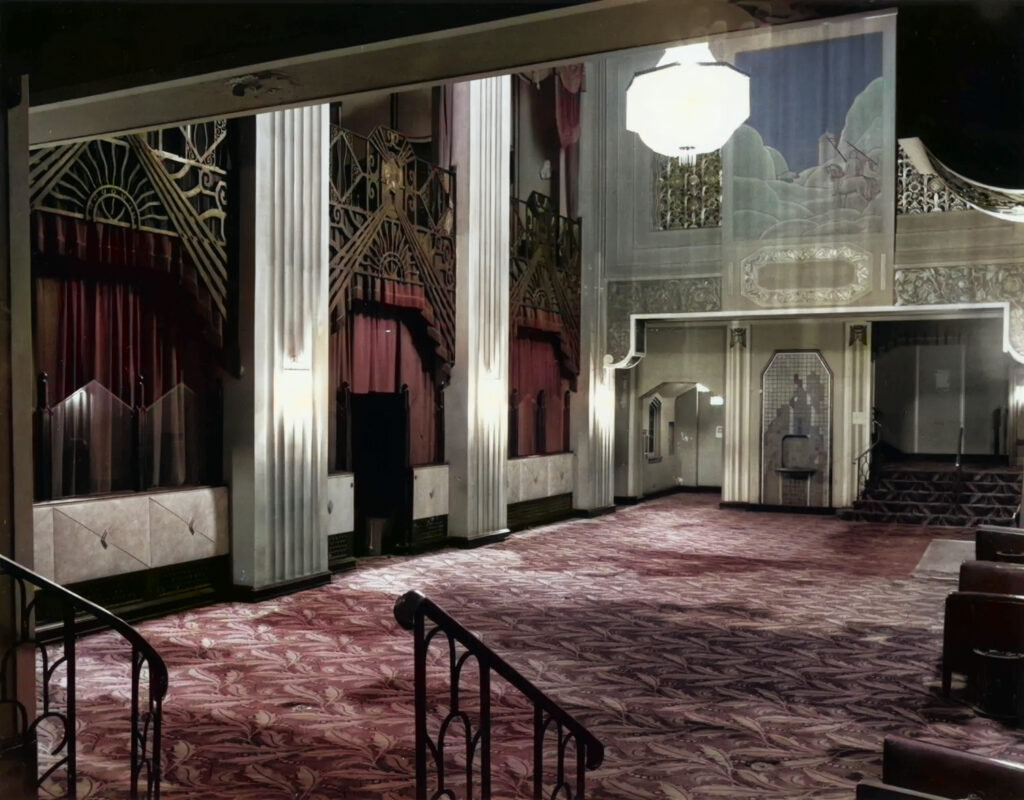
City Officials, the RRA, and Friends of the Astor Inc. went back and forth for another decade while the building continued to deteriorate.
Finally in 1998, the city announced plans to build a new $34 million civic arena which would encompass the entire south side of the 700 block. The Friends of the Astor alleged that city officials conspired to neglect the building over a 20-year period and sued them for failing to perform an environmental impact study which was a requirement for properties listed on the Historic Register. Ultimately it only delayed the Astor’s fate for another few months.
The Astor was finally razed that November, with the iconic sign being sold to a scrap dealer for only $50 and shredded in February of 2000.
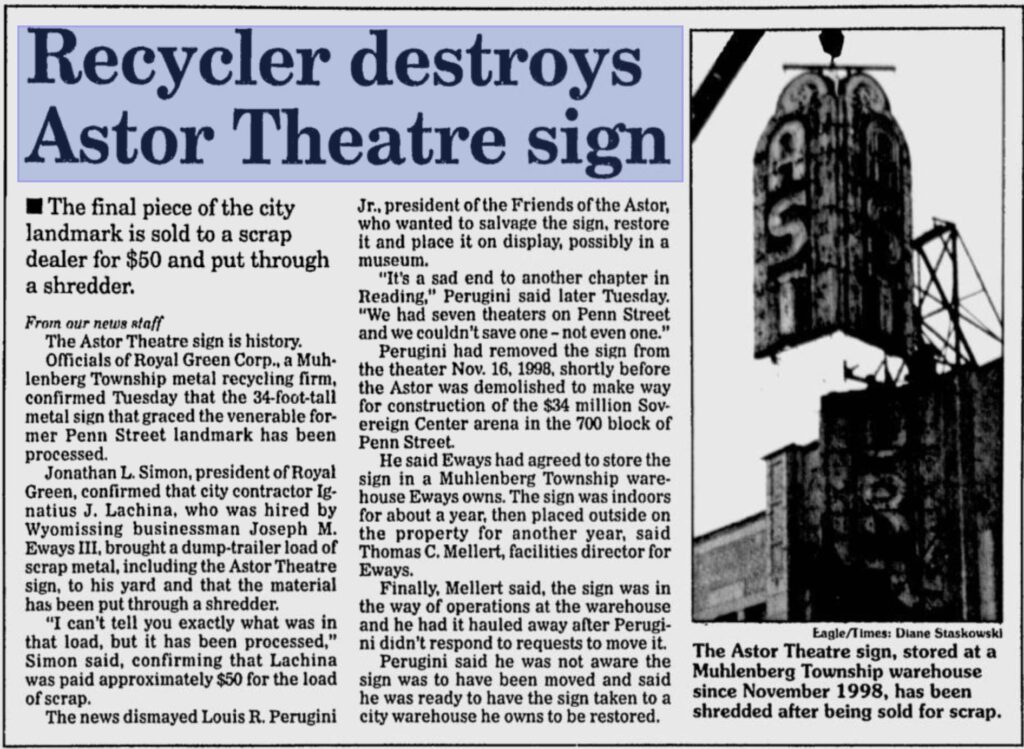
Reading did not manage to save any of its seven Penn Street theaters. At the same time the Sovereign Center Arena (Now Santander) was constructed, $6 million went to restoring the Rajah Theatre on north 6th street, with the intention of it becoming the city’s performing arts center. Some pieces of the ironwork from the interior lobby of the Astor Theatre (pictured above) were saved, and can be seen inside the main entrance of the arena as an ode to its predecessor. The Santander Arena, which has a capacity for between 7200-9000 people depending on the event, has been home to the Reading Royals hockey team since 2001, and celebrated its highest attended event earlier this year.

By the time the Astor finally came down it had been the only building on the south side of the 700 block for nearly 20 years; reminiscent of an era that society had long moved past.

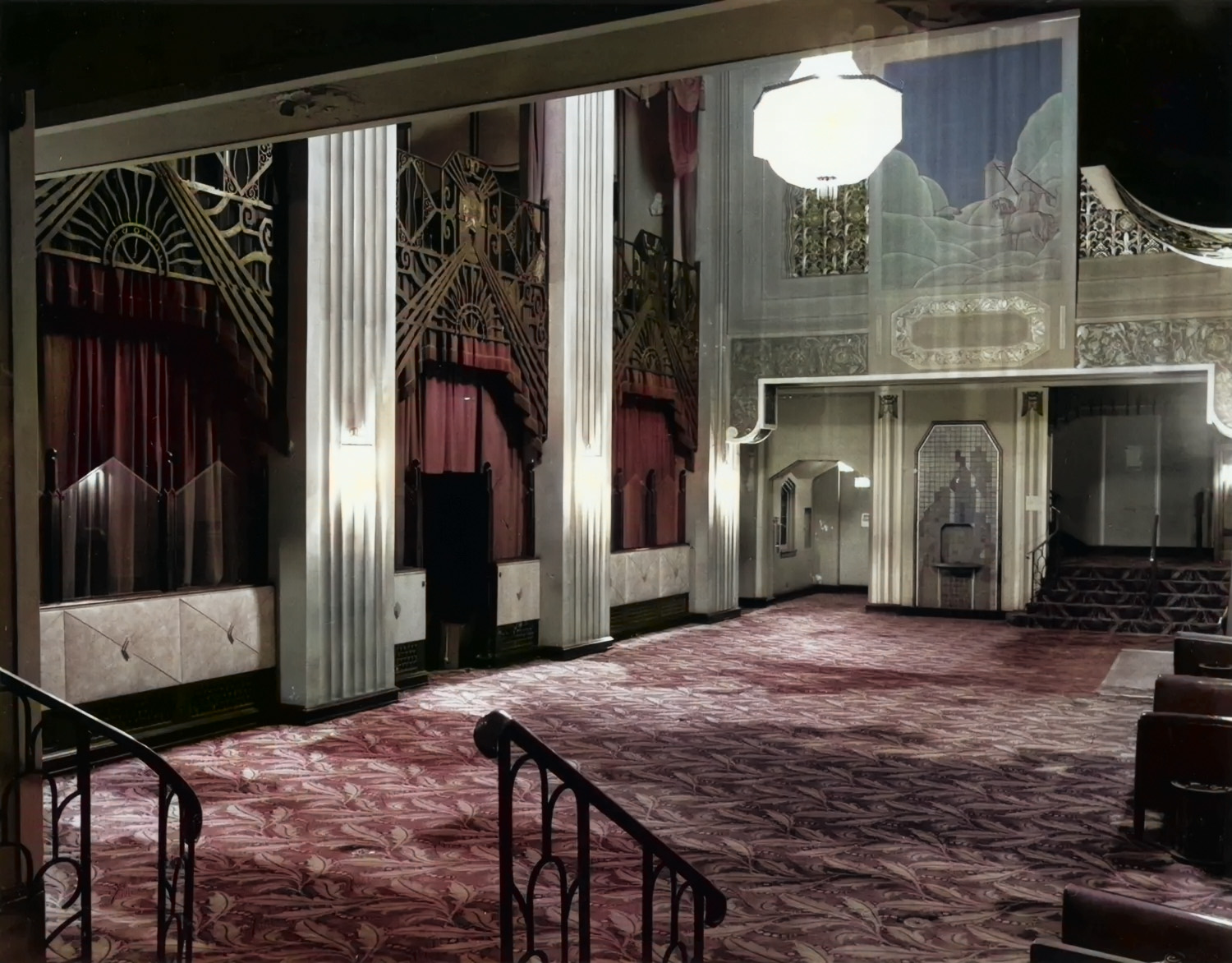
The photo of the theater in the ’70s shows the marquee announcing an appearance by Blood, Sweat & Tears – they were one of my favorite groups in those days, how did I miss that concert? Great writing, by the way – I’ve commented in the past on your talent, so evident here. Alexa, you are one of Berks County’s shining stars!
Shucks, thank you! If I ever get my time machine working we will go back and attend that concert! 😁
They may have played at the Astor at other times, but the August 15, 1976 Reading Eagle had an ad for Blood, Sweat, and Tears at the Astor. It’s possible that’s around when the picture was taken.
CORRECTION: It is when the pic was taken. The marquee mentions the same date and one of the featured performers.
Excellent post,Alexa. I saw some memorable concerts at the Astor. I think Hall and Oates played three encores. I also remember that some of these concerts were the opening shows for bigger tours. The artists played a small show in Reading to work out the bugs before going out on a tour. This might be why they lost money. It was a great way to see top level shows without traveling to Philly or New York. The Astor also showed big screen replays of the first Ali- Frazier fight. It was awesome. Keep up the great work, Alexa.
I was there for Hall & Oats. Great show…they weren’t going to play because the Astor only had 1 spotlight! My brother (Bob) had to go to Allentown for another spotlight!
Another dagger in my heart. It hurts to see so many things from early years disappear. What’s left? No stock car racing, no Park, Strand, Colonial and Aster theaters. No drive-ins. No more PenSupreme, Red Barn, Carrol’s.
My sister and I traveled into Reading by bus from Sinking Spring to these movie palaces. In the mid 60’s, we saw movies with Elvis, the Beatles (Hard Day’s Night and Help) and the Dave Clark Five in Catch Us If You Can. I recall seeing 101 Dalmations in the early 60’s at the Astor. We also went to the Colonial and the Embassy. This is a great article and I love the colorized photos. The balcony was never open when we attended movies. I blame the city for its’ loss. They weren’t interested to keep it and allowed it to deteriorate. We toured it when the Friends of the Astor had it open and the leaking roof was allowing the beautiful plaster gilt work to deteriorate. I remember that lower lobby when it contained sofas and furniture from the past and a fountain in the marble wall. I managed to save an advertising book of movie clippings of what was being shown when it was coming down. The sports arena also has the large main chandelier in the entrance. It had red, blue and white bulbs what would change to tell you when intermission was ending and the movie was ready to begin again. Other items were salvaged including smaller chandeliers but I understand that they somehow ‘disappeared’ from storage years ago. I afraid that I have nothing good to say about the city’s handling of the Astor!
Absolutely correct.
Great article Alexa! Thank you so much for keeping the memories alive. I went in a few Saturdays to help clean up the Astor during the Friends of the Astor years, it was a mess and such a shame. I saw the New Riders of Purple Sage there in 76, my hippie neighbor took me to the show and I really liked it.😄
Perfect article AGAIN!
Thank you for all your great work.
I was only about 6 or 7 years old but remember seeing movies like Follow Me Boys, The Sound of Music, and Hello, Dolly ! at The Astor. It was located just down the street from the Enterprise Furniture store which was owned by my grandfather.
My husband just framed my poster from when Bonnie Raitt performed there. I got to work as an usher and meet her with a back stage pass in 1974 (pretty sure it was 1974… poster doesn’t have the date and I was hoping your website could enlighten me). So sorry to hear that the building was razed.